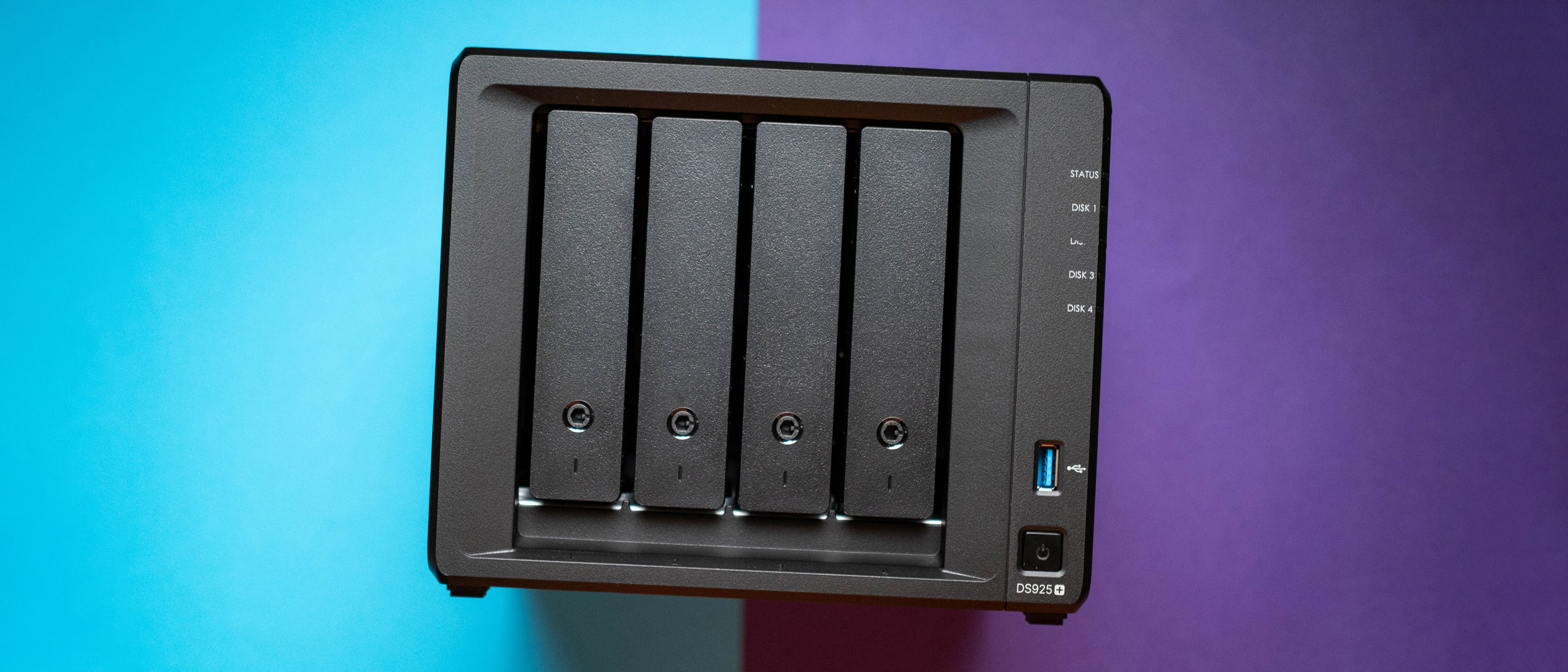Sonos Move vs. Sonos Roam: Which should you buy?
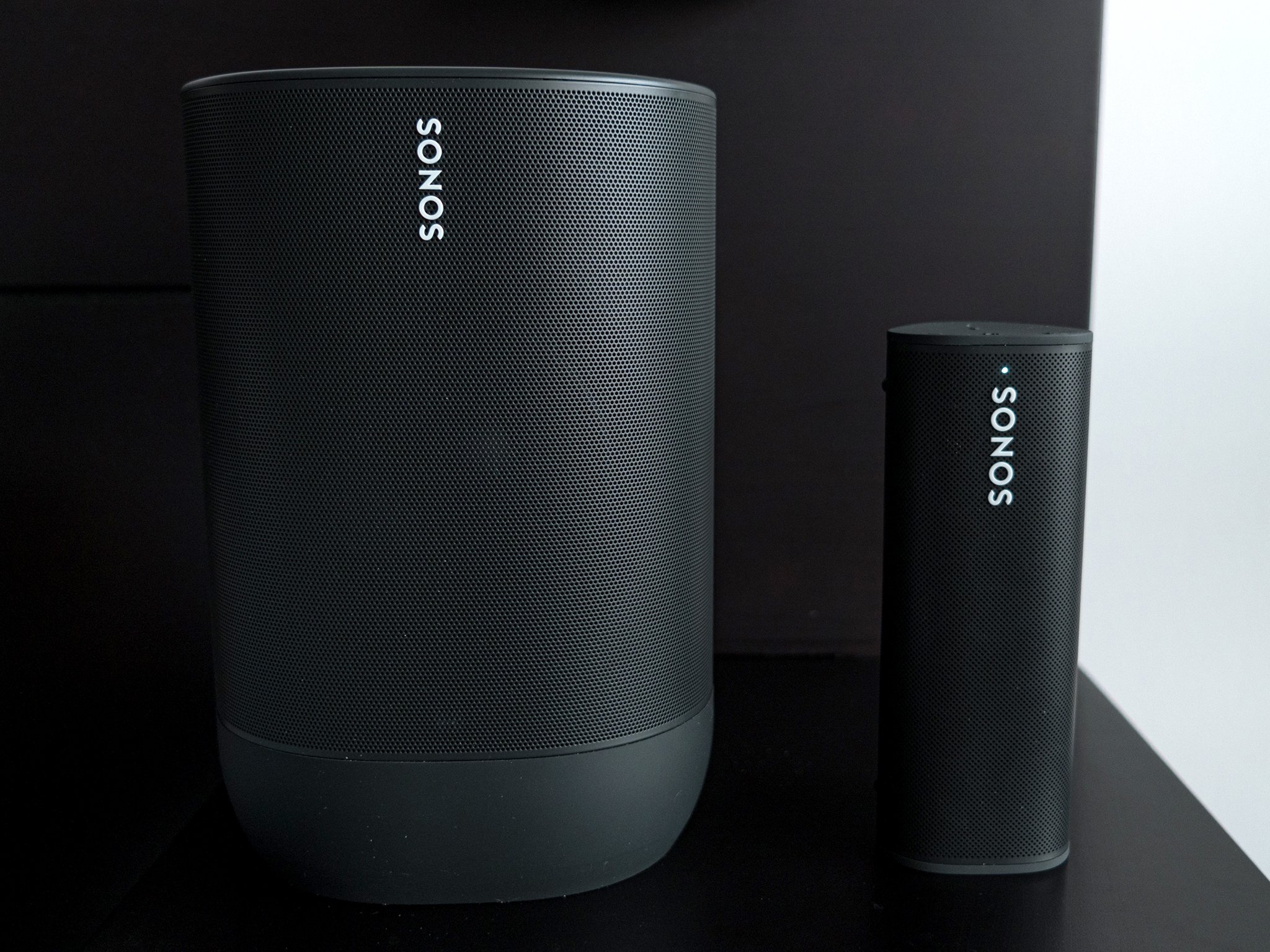
Sonos Move
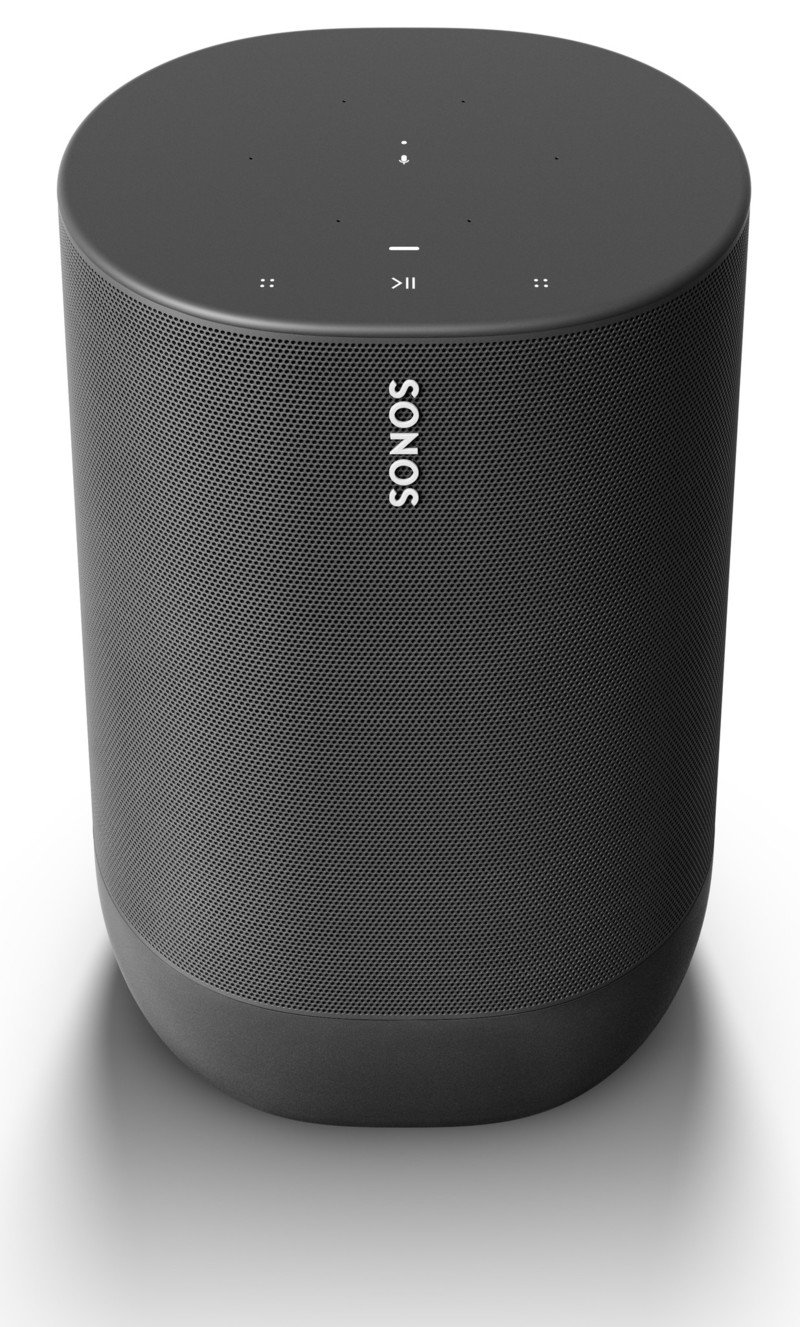
The Move has become one of Sonos' signature speakers because it blends the dependability of sitting still with the convenience of moving around. It's a portable speaker supporting both Wi-Fi and Bluetooth, but its mobility is contingent on its size and weight.
Sonos Move
Boomier sound
Sonos Roam
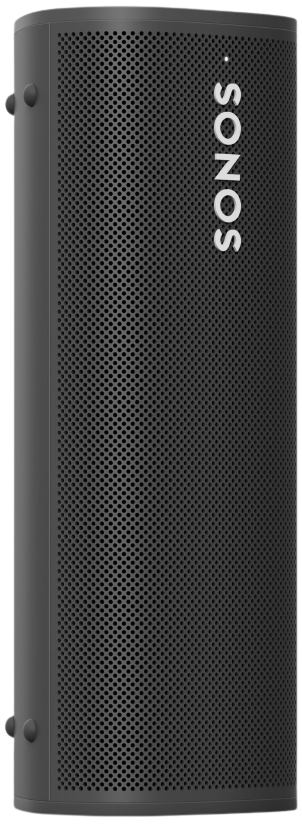
The Roam is Sonos' smallest speaker, and by default, it makes it the most portable and versatile in the company's lineup. Nimble and easy to carry anywhere, it packs a punch in a small package, though you have to sacrifice some things on the audio side to get there.
Sonos Roam
Roomier sound
Sonos has been around for almost 20 years, and only in the last two years did it venture into portable sound with the two speakers pitted here. After establishing itself as a credible multi-room sound system for well over a decade, the next obvious foray had to be speakers you can actually carry and take with you. The central purpose between these two is the same, except the feel for the execution isn't necessarily the same. There are clear reasons for that, and the nuances set these two apart a little further.
Sonos Move vs. Sonos Roam: Weighing the details
There's no confusing who made either of these speakers. The Sonos logo stands out, but their respective designs also stay well within its design philosophy. The black and white variants, grille design, and general materials are all very much the same. The Sonos Move is something of a hybrid in that it can play in one place for as long as you need it to until you decide to actually move it somewhere else. That's not so much the case with the Sonos Roam, which is too small and lightweight to want to keep in one spot.
| Header Cell - Column 0 | Sonos Move | Sonos Roam |
|---|---|---|
| Weight | 6.51 lbs. | 0.95 lbs. |
| Battery life | 11 hours | 10 hours |
| Connectivity | Wi-Fi, Bluetooth, AirPlay 2 | Wi-Fi, Bluetooth, AirPlay 2 |
| Wireless charging base | Yes, included | Not included |
| Charging connector | USB-C | USB-C |
| Digital assistant support | Alexa, Google Assistant | Alexa, Google Assistant |
| Amplifiers | Class D | Class H |
| Supported audio codecs | SBC, AAC | SBC, AAC |
| Durability | IP55 | IP67 |
The biggest difference between them is the sheer size and weight disparity. By comparison, the Roam feels feathery next to the Move, which can hardly be considered 'lightweight' at over six pounds. This discrepancy only reinforces one of the criticisms behind the Move when it first launched. While it was nice to see Sonos commit to something truly wireless, true portability would have to wait until something like the Roam came along.
They do share much in common otherwise, save for some key differences that stand out. The Roam is obviously the more ruggedized of the two in that it can stay submerged in up to one meter of (clear) water for 30 minutes. Don't attempt that with the Move, which can only handle splashes or rain, not getting doused or dunked.
The battery life difference has plenty of contexts to attach to it. First, the Move uses Class D amplifiers, which take up more power. Second, Sonos offers a replaceable battery for that speaker to extend its lifespan, which the company estimates to be 900 power cycles or an average of three years. There's no word on whether the Roam will get that same treatment, but it wouldn't be surprising. While they both charge wirelessly, they don't do it the same way. The Move comes with a proprietary charging cradle, whereas the Roam can charge on any Qi-enabled wireless charging pad or surface.
Be an expert in 5 minutes
Get the latest news from Android Central, your trusted companion in the world of Android
Sonos Move vs. Sonos Roam: Where size matters
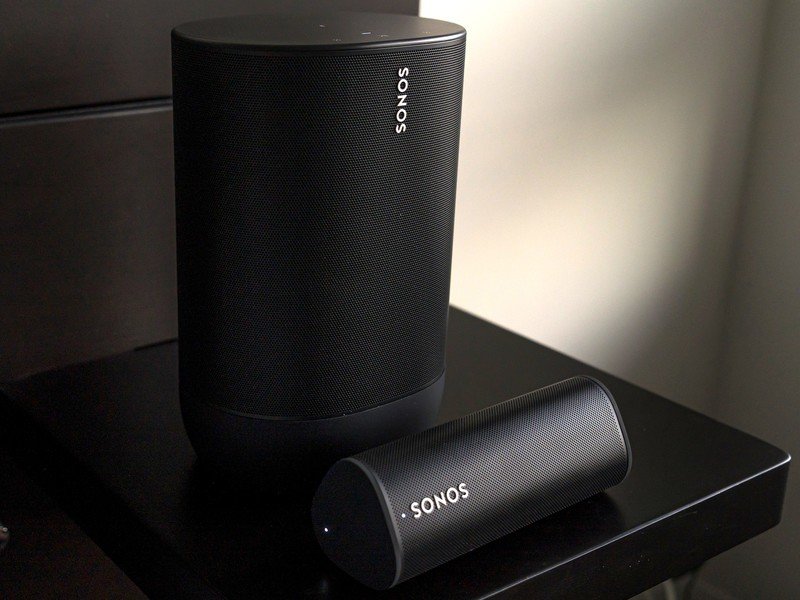
The size disparity also has other caveats to take into account. What made the Move so convenient from the start was that it made the Sonos listening experience more mobile within the home. You weren't stuck in a room or even forced to buy a new speaker to listen to what you wanted with the wireless elegance Sonos provides. The issue was that beyond the porch, backyard, garage — basically any spot on your property outside the doors — taking it somewhere else wasn't so easy.
It was a shame because the speaker sounds so good and would fit right in at a BBQ or gathering with others, be it outdoors or indoors. I imagine those who didn't care brought it with them anyway, given the convenience of Bluetooth connectivity. Still, it's a bit of a stretch to consider this a fully mobile speaker.
That's clearly what the Roam is supposed to be. Smaller than a standard water bottle and a mere fraction of the Move's weight, it's the kind of speaker you can hold onto or throw into a bag to go wherever you want. It won't get as loud or thunderous as the Move does, but that's understandable. Sonos never intended the Roam to be super loud, just super clear, and that's where the two speakers are the most alike. The focus is on fidelity over drowning out the noise, and the speaker is better for it. You could always adjust that with the basic EQ in the Sonos S2 app, where sliders for bass, treble, and loudness are there to work with.
What made the Move so convenient from the start was that it made the Sonos listening experience more mobile within the home.
To add to the convenience, Sonos made the Roam a little more versatile. For example, it will automatically switch from Wi-Fi to Bluetooth, depending on the device or connection. For instance, take it with you when leaving home, and it will switch to Bluetooth once out of Wi-Fi range (provided you already paired it via Bluetooth). The Sound Swap feature lets you transfer audio playback over to the nearest Sonos speaker in your system. Just hold the play/pause button, and it does it automatically. The one catch is that the music also continues to play on the Roam too.
The Move doesn't feel as seamless, but that's not necessarily a bad thing. If you were to pick a speaker to fill a room, the Move would win that battle all day long. It's even bigger sound than the Sonos One, so we're not talking about pedestrian audio performance here. It's one of Sonos's signature speakers because it can play loud and clear, making it among the first choices for a home's mobile speaker.
For that reason alone, the Roam isn't really competing against the Move, but rather similar speakers from other brands. Sonos did right by them both in how good they sound. They don't sound exactly the same because they physically can't. The Move can get louder and pump out deeper bass, so if you want a speaker you can use for those purposes, it's a good way to go. The Roam is that speaker you take with you to an outdoor excursion or when you want to bring the tunes with you wherever you go.
Sonos Move vs. Sonos Roam: Which should you choose?
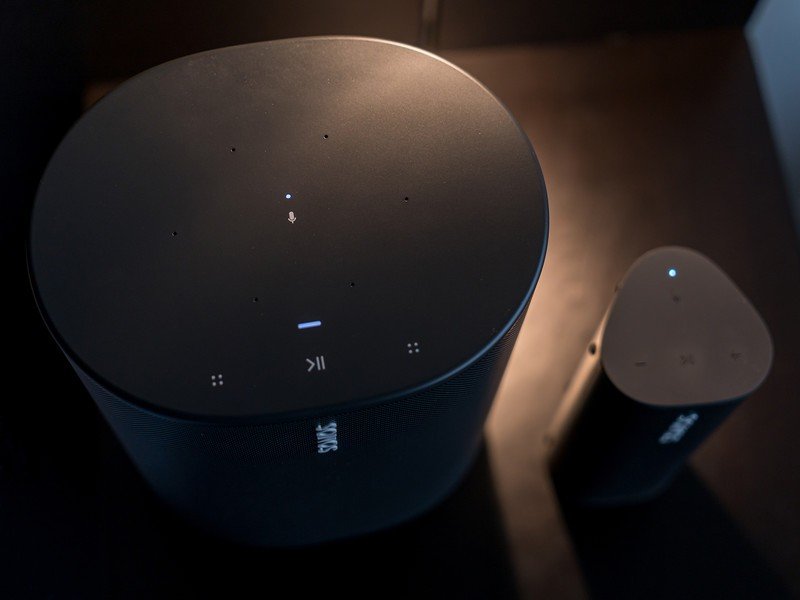
It's an easy choice if your needs are simple. Naturally, lugging around a speaker that weighs over six pounds isn't going to feel convenient if you have to do it all the time. Doing it with one that feels about as small as a water bottle comes off as effortless by comparison. That's the real contrast between the Move and Roam. They each have the same DNA within them, albeit with power differences that you should expect.
You will likely switch between Wi-Fi/AirPlay 2 and Bluetooth more often with the Roam because your home Wi-Fi makes the Move easier to play content to if it doesn't venture out of your place. It helps when a portable speaker is versatile, like the Roam is, which could also fit right in with the best Bluetooth speakers available. And while both are smart speakers, the Move is among the best smart speakers you can buy.
Which leads to price. Both are expensive, but there's a big gap between them. What you're paying extra for with the Move is the size, power, and upgrade in audio performance. Sonos priced the Roam to be higher than some comparable portable speakers, and the rationale is partly brand-driven and part of a system. Either speaker is a good entry point into the world of Sonos products.

Ted Kritsonis loves taking photos when the opportunity arises, be it on a camera or smartphone. Beyond sports and world history, you can find him tinkering with gadgets or enjoying a cigar. Often times, that will be with a pair of headphones or earbuds playing tunes. When he's not testing something, he's working on the next episode of his podcast, Tednologic.
